Akita on Four Wheels: A Journey Through Nature and Tradition
In Japan's Tohoku region, Akita Prefecture is a land of unspoiled nature and rich cultural heritage. Exploring this area by car offers a unique opportunity to experience its diverse landscapes—from rugged coastlines to serene mountains—while delving into the traditions that have shaped its identity. With winding roads that lead to hidden gems and scenic spots, a road trip through Akita promises adventure and tranquility in equal measure.
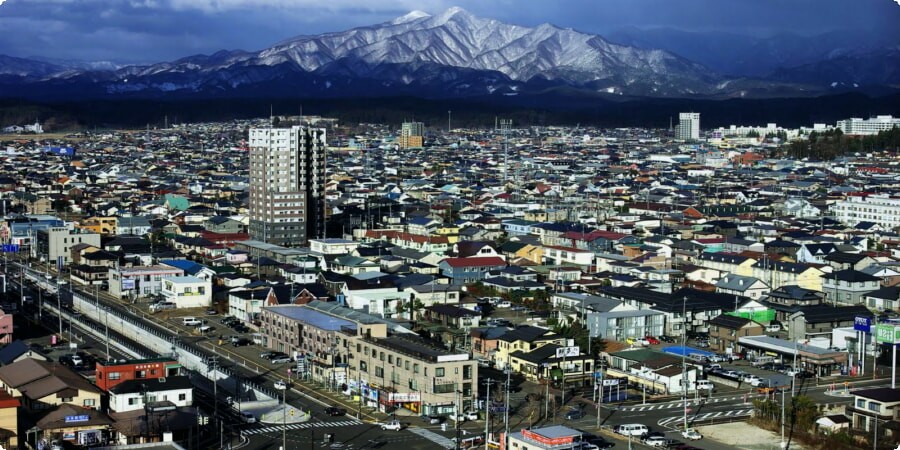
Starting your journey in Akita City allows you to immerse yourself in the region’s culture before hitting the open road. Akita’s compact size makes it easy to explore, and renting a car here is a great way to maximize your experience. Renting a car in Akita is simple, with various options available to suit your needs, making it an ideal starting point for your road trip.
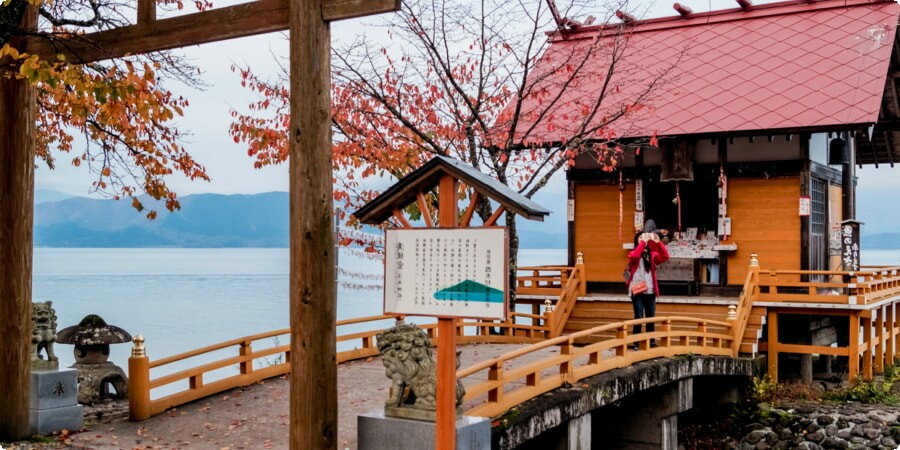
Akita City’s Cultural Treasures
Akita City, the prefectural capital, serves as a gateway to the region's wonders. Begin your journey by visiting the Akita Museum of Art, designed by the famous architect Tadao Ando. The museum's unique architecture is as captivating as its collection, which includes works by Léonard Foujita, a renowned French-Japanese artist. After soaking in the art, take a leisurely stroll through Senshu Park, where the remnants of Kubota Castle stand. The park’s tranquil atmosphere is especially beautiful in spring when cherry blossoms blanket the grounds.
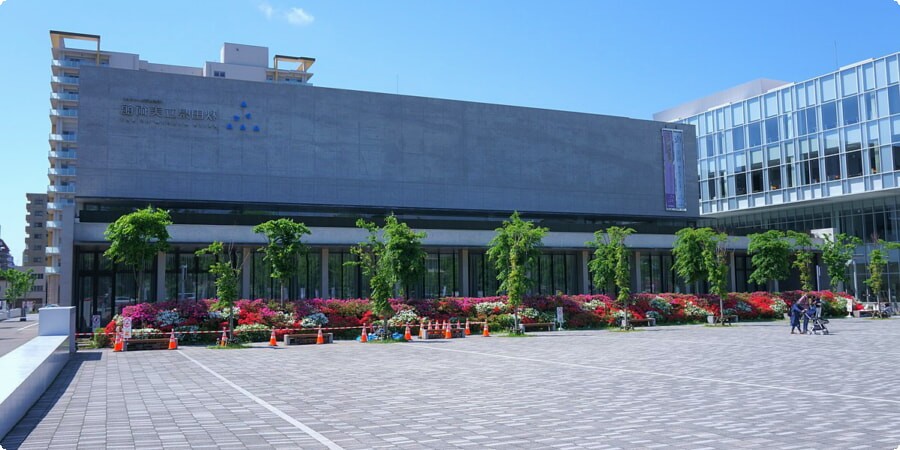
Don’t miss the chance to explore Akita’s vibrant food scene. Try the local delicacy, kiritanpo, a grilled rice stick often served with miso or in nabe hotpot. As you prepare to embark on your road trip, consider stopping by the Akita City Folklore and Performing Arts Center. Here, you can witness performances of the Akita Kantō Festival, one of Japan’s most famous summer festivals, featuring massive poles adorned with glowing lanterns.
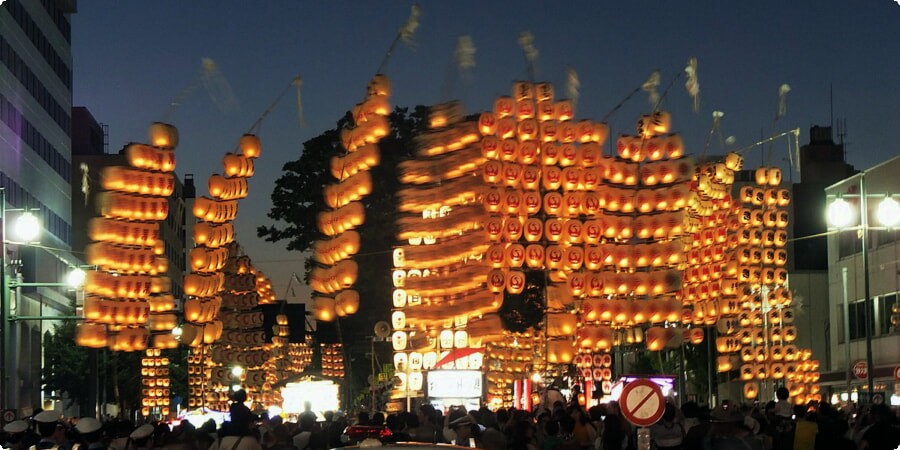
The Scenic Drive to Oga Peninsula
Leaving Akita City, head north towards the Oga Peninsula, a region steeped in legend and natural beauty. The drive to Oga is a feast for the eyes, with coastal roads offering panoramic views of the Sea of Japan. As you approach the peninsula, make your first stop at the Namahage Museum. This museum is dedicated to the Namahage, a local folklore tradition where men dressed as demons visit homes on New Year’s Eve to ward off laziness and ensure a bountiful year.
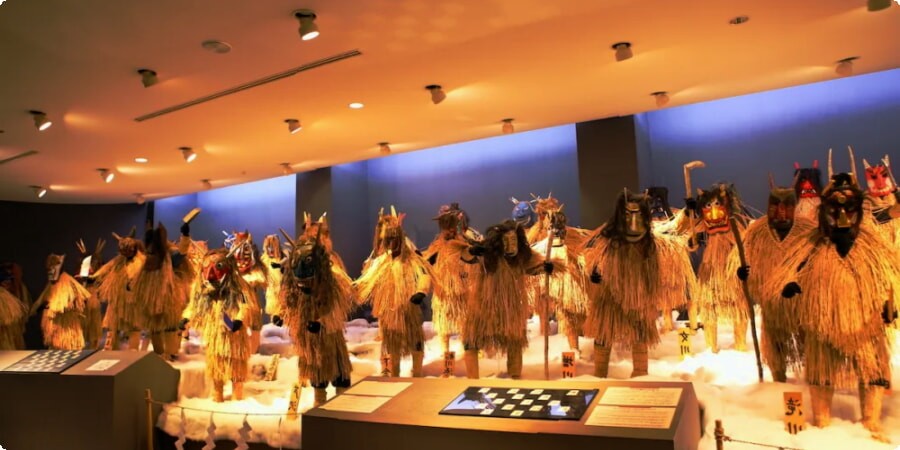
Continuing your drive, you'll encounter the eerie yet fascinating Godzilla Rock, a coastal formation resembling the iconic movie monster. The rock stands guard over the Oga coastline, a reminder of the peninsula’s wild and untamed nature. Another must-see is the Oga Aquarium GAO, where you can get up close with marine life native to the Sea of Japan, including rare species like the giant isopod.
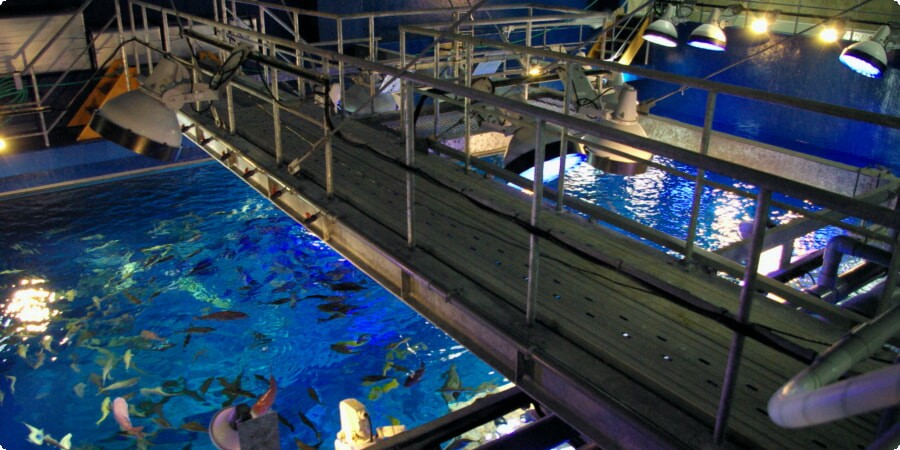
Finish your tour of Oga with a visit to Cape Nyudozaki, where a striking white lighthouse stands as a sentinel over the rugged cliffs. The views from here are breathtaking, especially at sunset when the sky is painted in hues of orange and pink, reflecting on the ocean’s surface.
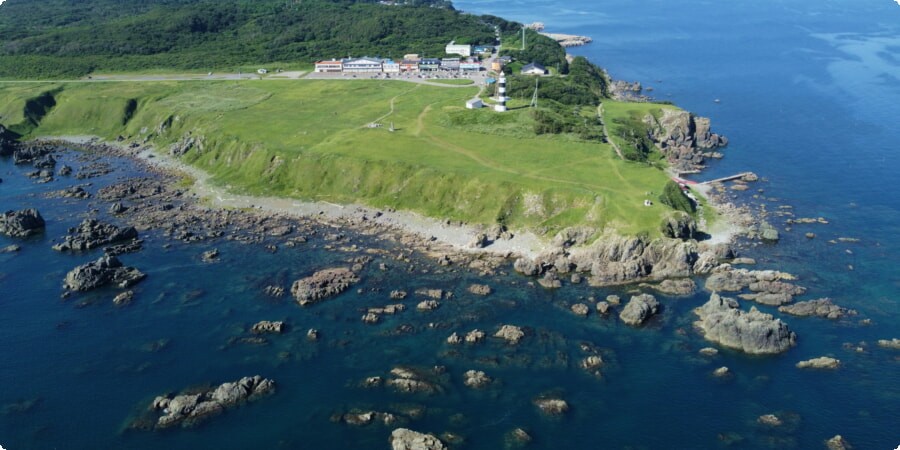
Exploring Shirakami-Sanchi and Juniko Lakes
From the coastal wonders of Oga, set your sights on the Shirakami-Sanchi, a UNESCO World Heritage site renowned for its ancient beech forests. The drive through this area is an experience in itself, with roads meandering through dense woods and along steep mountain ridges. Shirakami-Sanchi is a paradise for nature lovers, offering numerous hiking trails that lead to stunning vistas and waterfalls.
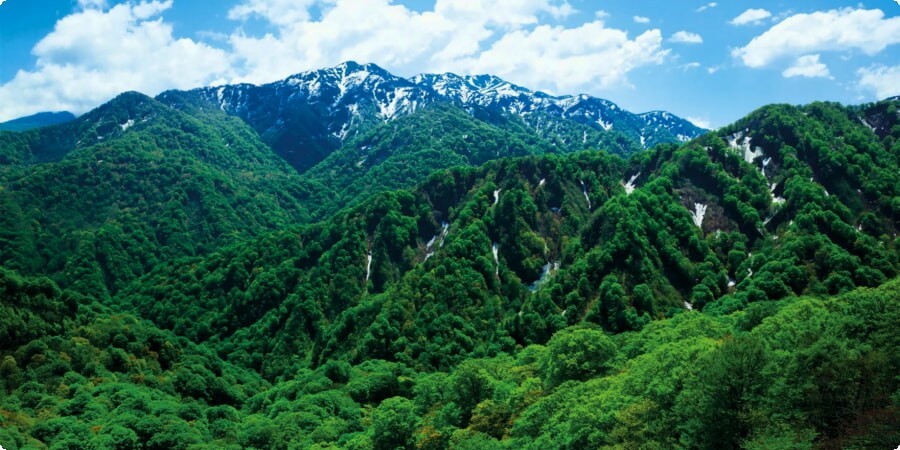
One of the highlights of this region is the Juniko Lakes, a cluster of twelve lakes known for their crystal-clear waters and deep blue hues. The most famous of these is Aoike (Blue Pond), whose vivid blue color is almost surreal, especially when the sun shines directly on its surface. A walk around the lakes is a peaceful retreat into nature, with the sound of rustling leaves and birdsong as your only companions.
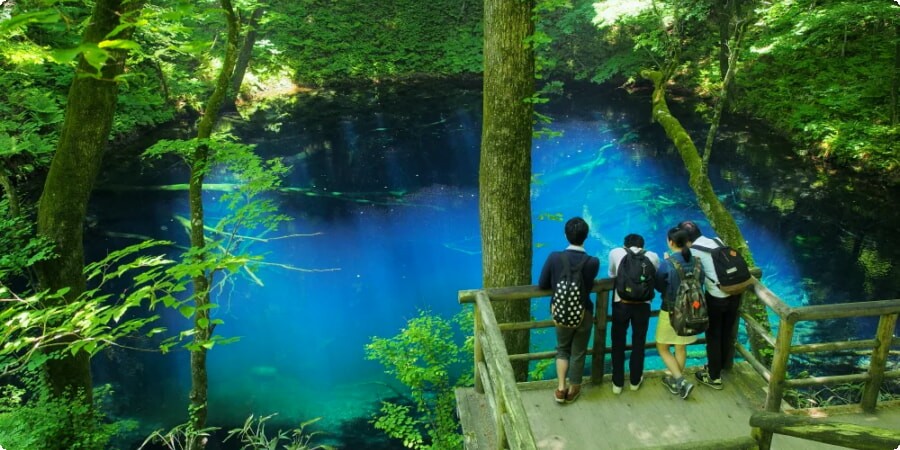
For those seeking a bit more adventure, consider kayaking on the lakes or exploring the nearby Anmon Falls, a series of three waterfalls that cascade through the forest. The area is also rich in wildlife, so keep an eye out for Japanese serow and black bears that inhabit the region.
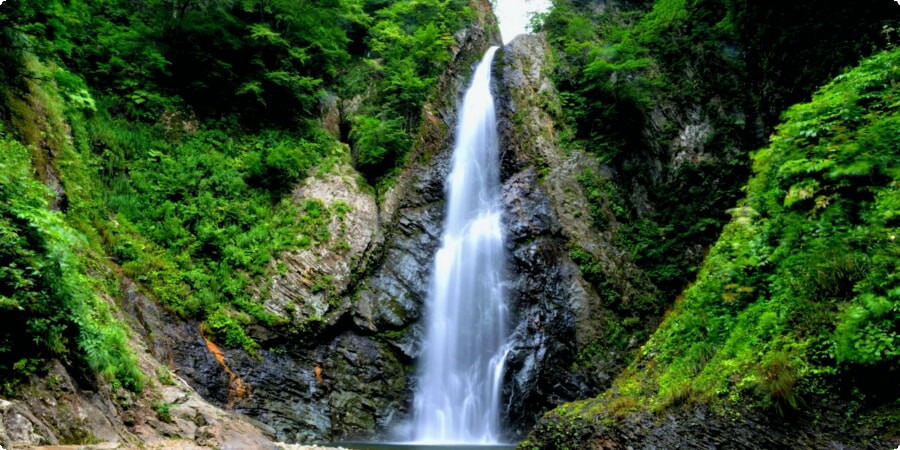
The Majestic Mt. Chokai
No journey through Akita is complete without a visit to Mt. Chokai, an active volcano that straddles the border between Akita and Yamagata Prefectures. Known as Dewa Fuji, Chokai-san’s majestic presence has inspired poets and pilgrims for centuries. The drive towards Mt. Chokai is one of the most scenic in the region, with the mountain’s snow-capped peak often visible from miles away.
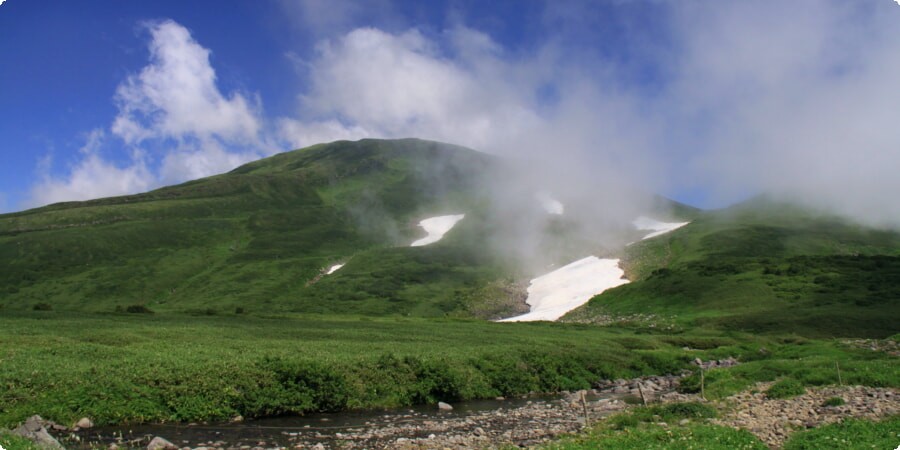
Once at the base, you can take the Chokai Blue Line, a winding mountain road that ascends to the Haraigawa Highland. Here, you’ll find a network of hiking trails that range from easy walks to challenging climbs. The summit offers panoramic views of the surrounding landscape, including the Sea of Japan, and on a clear day, you can even glimpse the distant Sado Island.
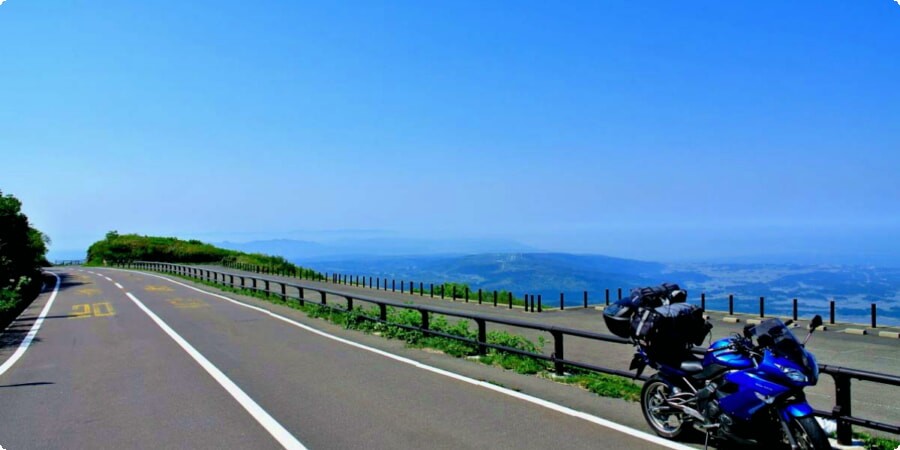
After a day of hiking, unwind in one of the area’s many hot springs, such as the Yunodai Onsen. The mineral-rich waters here are perfect for soothing tired muscles, and the outdoor baths provide a serene setting surrounded by nature. The region’s small villages also offer a glimpse into the traditional rural life of Akita, with local inns providing warm hospitality and hearty mountain cuisine.
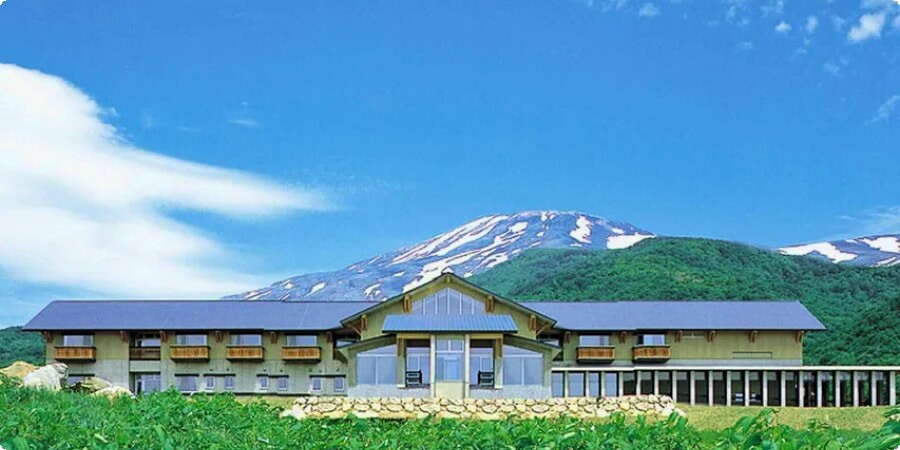
Kakunodate and its Samurai Heritage
Traveling east from Mt. Chokai, you’ll arrive in the historic town of Kakunodate, often referred to as the “Little Kyoto” of the north. This well-preserved town is famous for its samurai district, where you can walk through streets lined with black wooden fences and visit traditional samurai residences. The Aoyagi House and Ishiguro House are particularly noteworthy, offering insights into the lifestyle of the samurai during the Edo period.
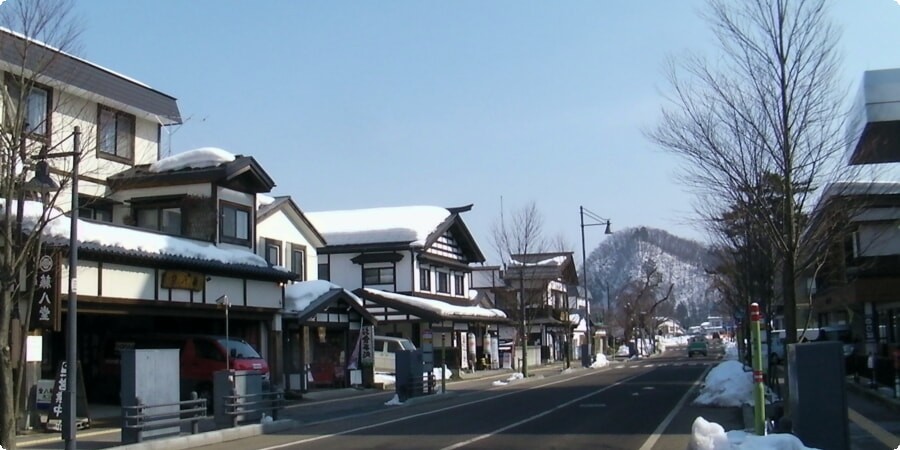
Kakunodate is also renowned for its cherry blossoms, which attract visitors from across Japan every spring. The Hinokinaigawa River, which flows through the town, is lined with hundreds of cherry trees, creating a tunnel of pink blossoms that is truly magical. If you visit during this time, be sure to join the locals for a hanami (blossom viewing) picnic along the riverbank.
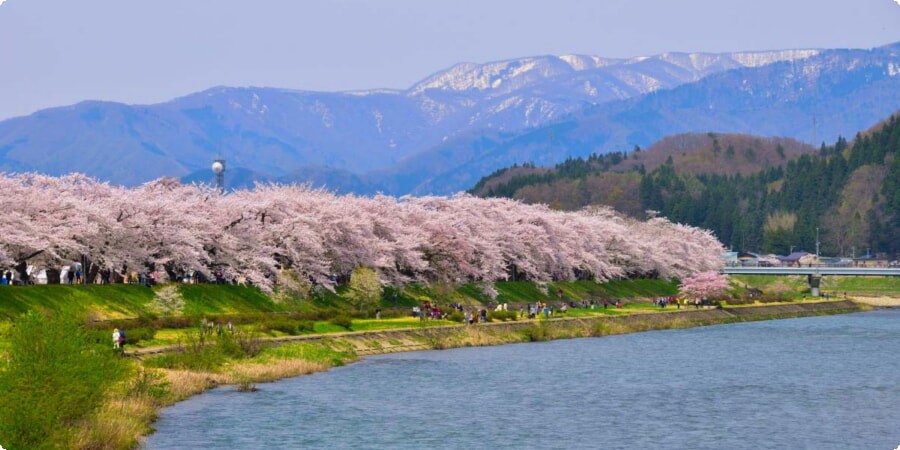
The town is also a hub for traditional crafts, particularly Kabazaiku, a unique form of cherry bark woodworking. At the Kakunodate Kabazaiku Denshokan Museum, you can watch artisans at work and even try your hand at creating your own piece of Kabazaiku. Don’t leave Kakunodate without sampling some of the local delicacies, such as inaniwa udon, a hand-stretched noodle dish that is a specialty of Akita.
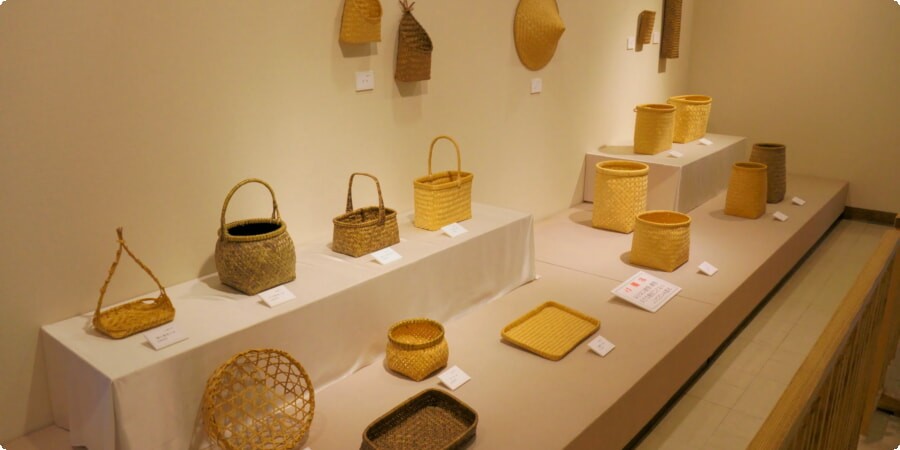
The Tazawako and Nyuto Onsen Hot Springs
Continue your journey to Lake Tazawa, Japan’s deepest lake, renowned for its stunningly clear waters and striking cobalt blue color. The lake is steeped in mythology, with the story of the beautiful maiden Tatsuko, who was transformed into a dragon, adding a mystical allure to the area. A drive around the lake’s perimeter offers spectacular views, with several scenic spots perfect for photography.
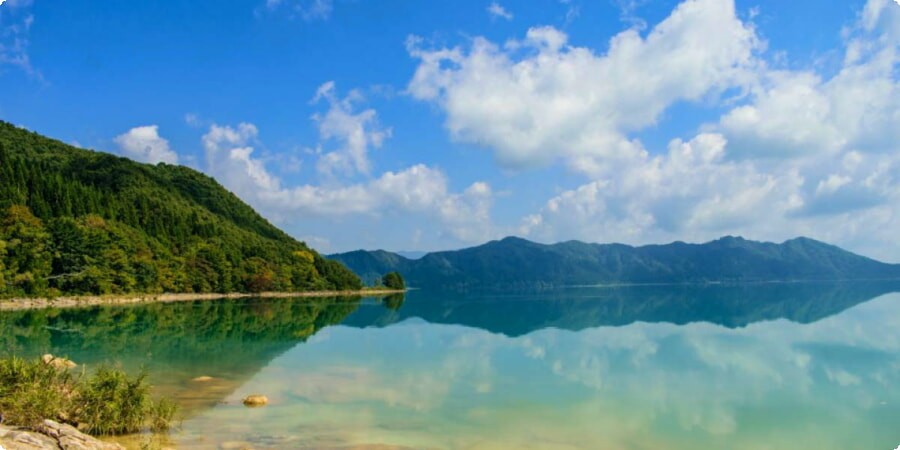
The Tazawako area is also home to the Nyuto Onsen, a collection of rustic hot spring inns hidden deep in the mountains. Each onsen has its own unique character, with outdoor baths that allow you to soak in the warm, mineral-rich waters while surrounded by nature. One of the most famous is Tsurunoyu Onsen, which dates back over 300 years and retains a traditional atmosphere that transports you back in time.
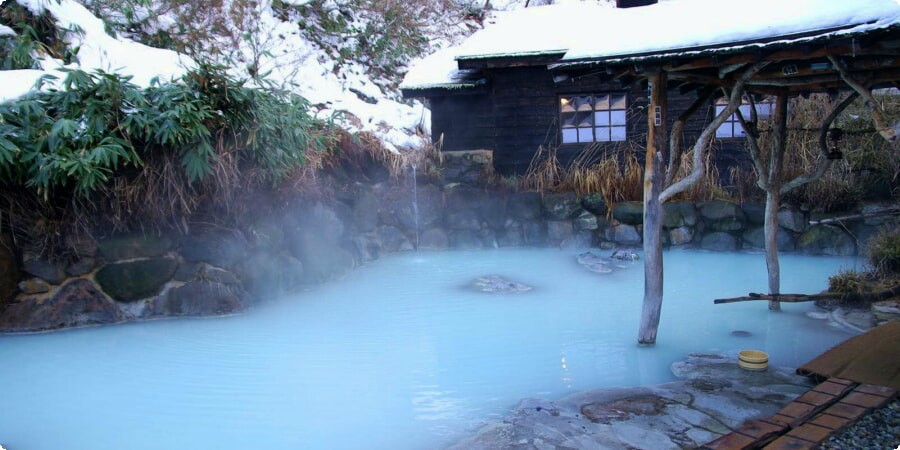
Staying at one of the Nyuto Onsen inns is a must for anyone looking to experience authentic Japanese hospitality. Enjoy kaiseki-style meals featuring local ingredients, such as Akita’s renowned rice and sake, and relax in the serene setting far removed from the hustle and bustle of modern life. For those planning to explore more of Japan, it’s wise to compare car rental prices across the country here to ensure you get the best deal.
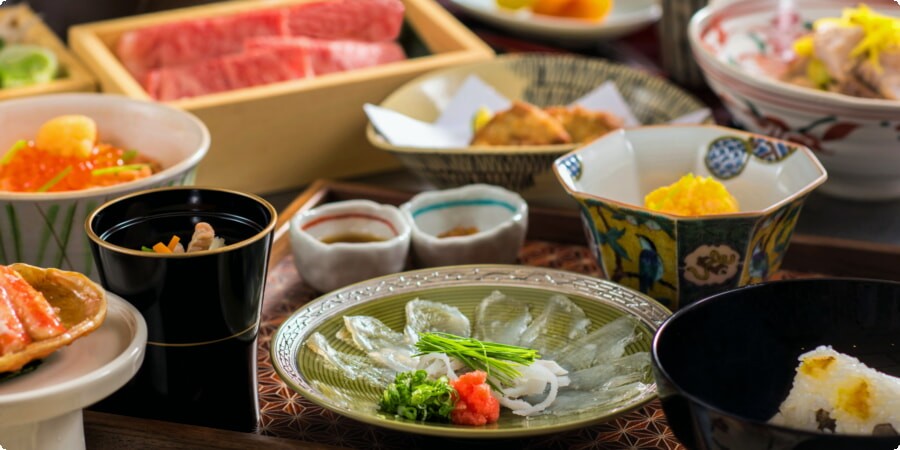
Exploring the Dewa Sanzan Mountains
For a deeper dive into Akita’s spiritual side, a journey to the Dewa Sanzan mountains is essential. This sacred mountain range, consisting of Mt. Gassan, Mt. Haguro, and Mt. Yudono, has been a center of Shugendo, a syncretic religion that blends elements of Buddhism, Shinto, and local folk beliefs. The mountains are revered as a place of pilgrimage, where practitioners seek spiritual enlightenment through rigorous ascetic practices.
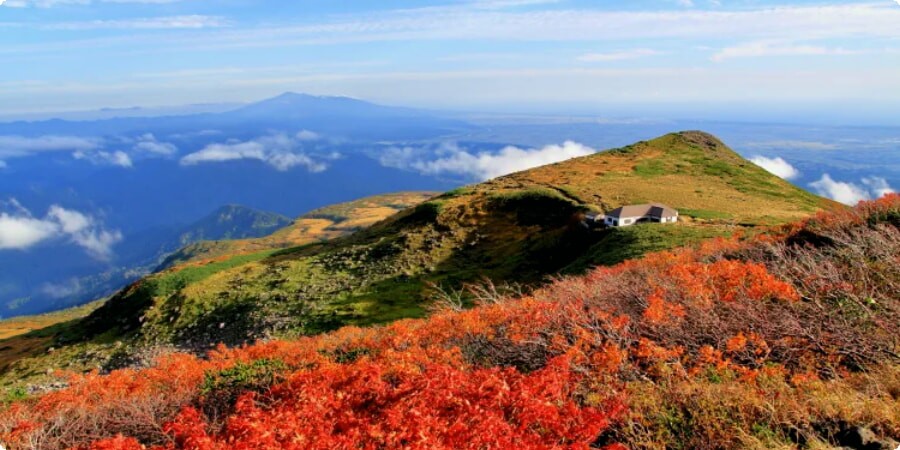
Your exploration begins with Mt. Haguro, the most accessible of the three peaks and home to the Five-Storied Pagoda (Gojūnotō), a national treasure of Japan. The pagoda, nestled within an ancient cedar forest, is a breathtaking sight, especially when shrouded in mist. The walk up to the summit is a spiritual journey in itself, as you ascend the 2,446 stone steps that wind through the forest. Along the way, you’ll pass numerous shrines and statues dedicated to the mountain gods, each one a reminder of the deep spiritual significance of this place.
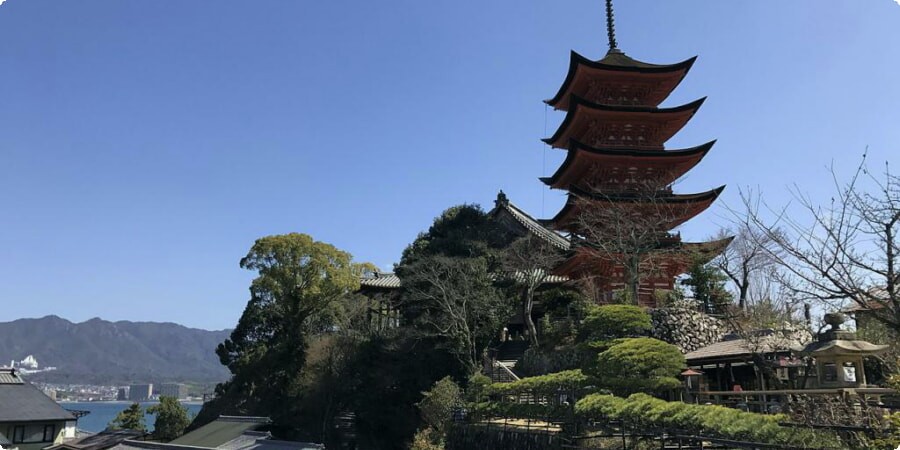
At the top of Mt. Haguro, you’ll find the Sanctuary of Haguro (Dewa Sanzan Shrine), where all three mountain gods are enshrined. The shrine’s main hall, known as Honden, is one of the oldest wooden structures in Japan, and its intricate carvings and vibrant colors are a testament to the craftsmanship of the Edo period. Visitors are encouraged to participate in the rituals, such as making offerings or receiving a blessing from the priests, to fully immerse themselves in the spiritual atmosphere.
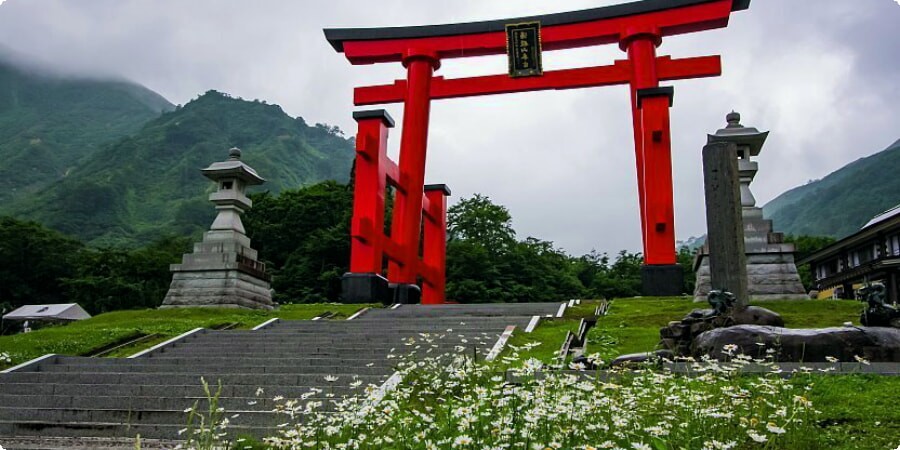
From Mt. Haguro, continue your pilgrimage to Mt. Gassan, the highest of the three peaks. The climb is more challenging, but the reward is the serene landscape that stretches out before you. The summit offers panoramic views of the surrounding mountains and valleys, and on a clear day, you can see as far as the Sea of Japan. Mt. Gassan is also home to the Gassan Shrine, where the mountain’s guardian deity is worshipped. The shrine is a simple structure, reflecting the austere beauty of the mountain itself, and the atmosphere is one of quiet reverence.
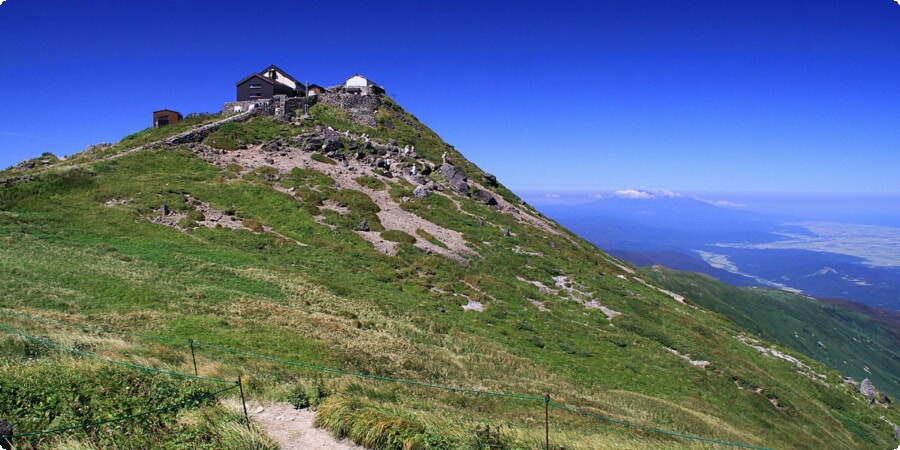
The final leg of your journey takes you to Mt. Yudono, considered the most sacred of the three mountains. Unlike the other peaks, photography is strictly forbidden on Mt. Yudono, and visitors are required to remove their shoes as they approach the Yudono Shrine. The shrine is a place of profound mystery, with hot springs that bubble up from the ground, believed to be the manifestation of the mountain deity’s power. Pilgrims come here to purify themselves in the sacred waters, and the experience is said to be deeply transformative.
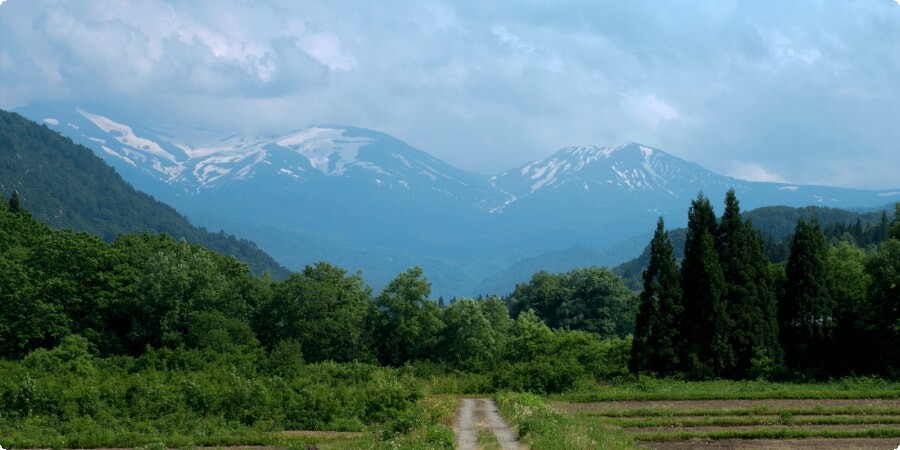
For those who wish to extend their stay in the Dewa Sanzan area, there are several shukubo (temple lodgings) where you can spend the night. These lodgings offer a unique opportunity to experience monastic life, with simple, vegetarian meals and the chance to participate in morning prayers and meditation sessions. Staying at a shukubo allows you to connect with the spiritual essence of the mountains, making your journey through Dewa Sanzan a truly immersive experience.
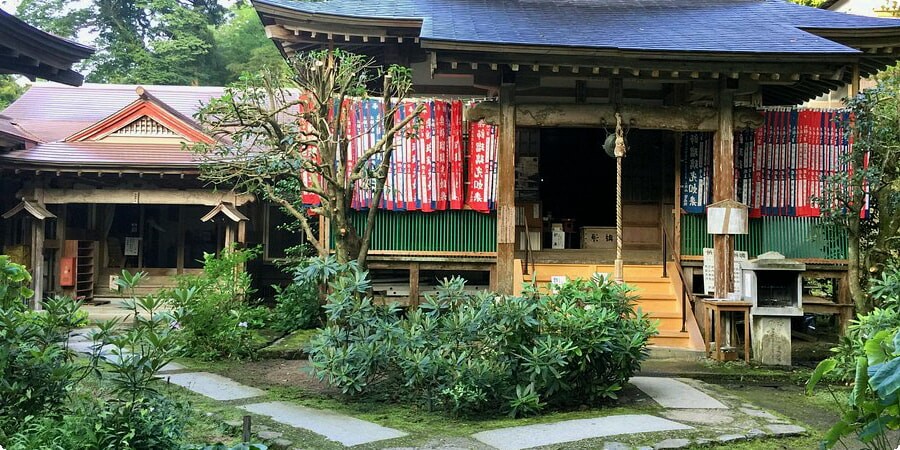
As you reflect on your time in Akita, you’ll find that this journey has been more than just a road trip. It’s been an exploration of nature, culture, and spirituality, all woven together in a way that only Akita can offer. Whether you’re hiking through ancient forests, soaking in a mountain hot spring, or standing in awe before a sacred shrine, the beauty and depth of Akita’s traditions will stay with you long after you’ve returned home.
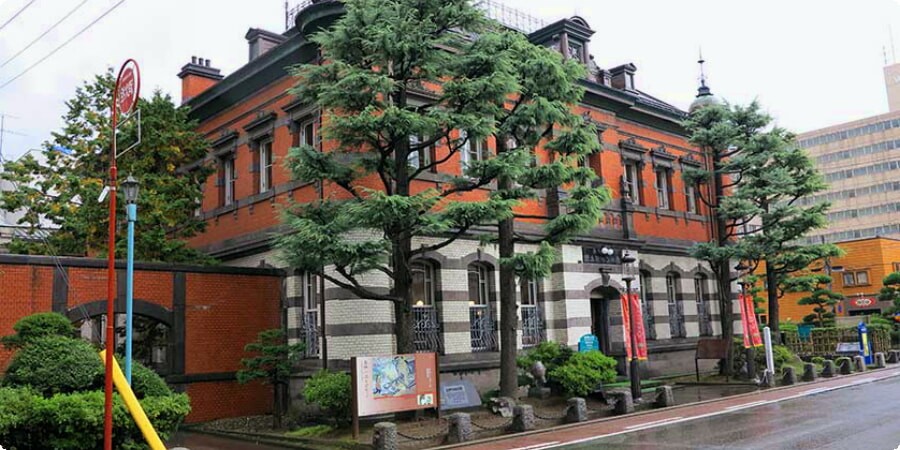
Exploring Akita on four wheels is a journey that reveals the heart of Japan’s northern countryside. The prefecture’s untouched landscapes, from coastal peninsulas to sacred mountains, offer a perfect backdrop for those seeking to connect with nature and tradition. Every stop along the way, whether it’s a historic town or a hidden lake, tells a story of a region that has preserved its heritage while embracing the beauty of the natural world. As you drive through Akita, you’ll find that each mile brings you closer to the soul of Japan, where every road leads to a new discovery.